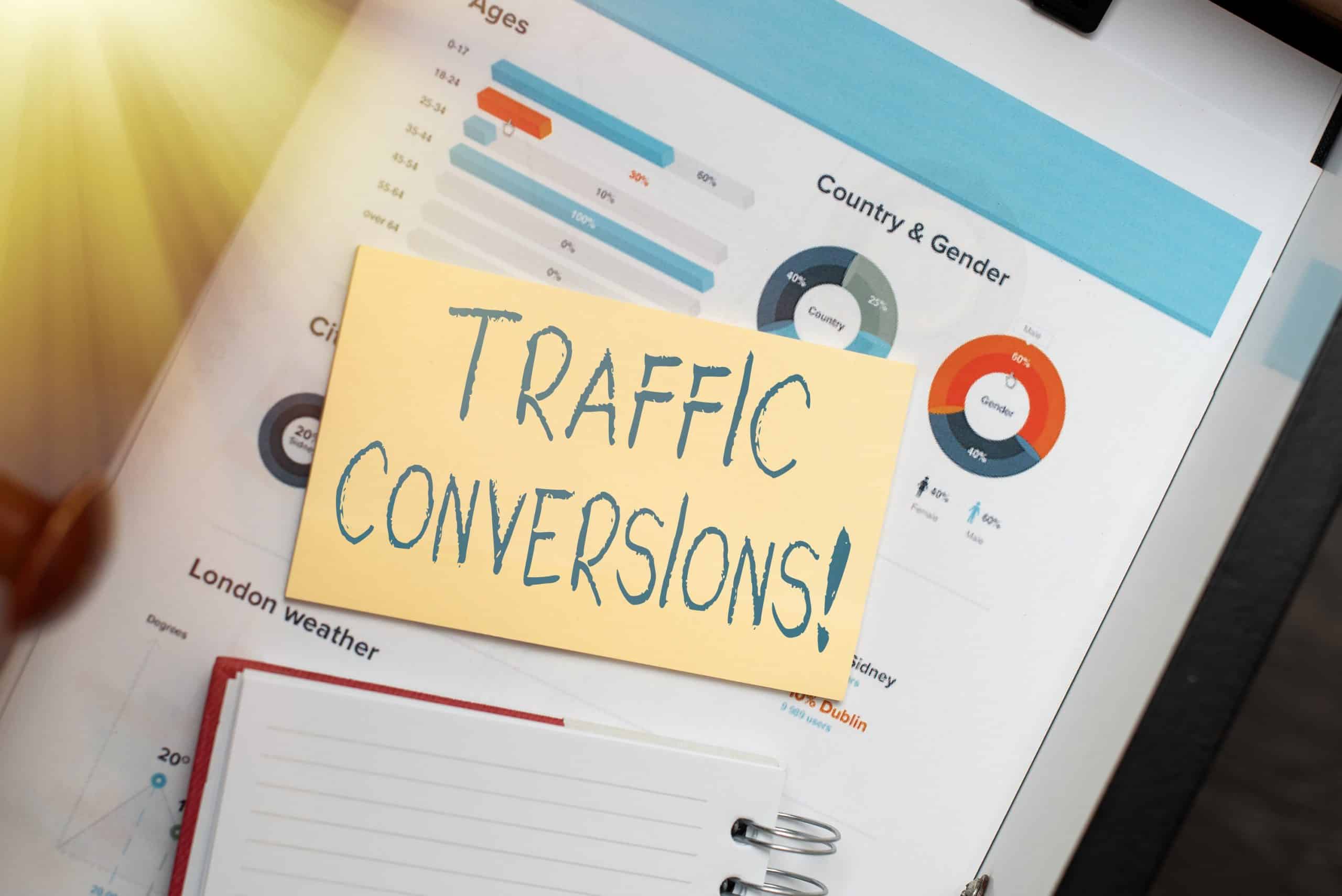The goal of the user interface (UI) is to provide a user-friendly experience. But beyond that, it will also be to persuade the users to become leads and generate more sales. Here are 11 tips that if you follow, will improve your conversions.
- Use one column instead of 2 or more
By using a single column you will force the reader to focus all his attention on the narrative. Therefore, do not place more than two columns on your landing page. If you are going to place two columns in your blog, do not overload the second column to avoid distracting the reader.
The idea is to make the reader focus only on the content to strengthen the CTA (call to action) that you are going to include at the end.
2. Repeat your call to action
Repeating your CTA several times is a good idea. If you don’t manage to convert with one, you can convert with another. Although, it is not recommended to repeat your CTA 12 times, as that would annoy the reader.
The best thing would be to place 2. One at the beginning with a soft color so that it doesn’t stand out too much, but is visible enough for people who are ready to notice it. And the second one is at the end of the content with eye-catching color.
In the case of a landing page, the content may be sufficiently long that placing 3 CTAs makes sense.
3. Be clear about who you are addressing, instead of talking to everyone.
Not everyone who sees your product or service will be interested in it. What happens if you discard those who are not interested? The message will be directed only to your real customer.
Therefore, you have to discard those who are not going to buy and those who are disinterested. And focus only on those who are interested because the product is intended for them.
Although this can be counterproductive because if you don’t know who you’re targeting, you’ll be discarding potential customers. But when you target the right audience, the message you write will be persuasive.
You can even achieve a sense of exclusivity. And beyond that, your copywriting will be more creative. Because writing to connect with a few is easier than writing to please many.
4. Use fewer fields in the forms to generate less resistance.
The more data you ask for, the more effort the potential customer has to make and the more effort he has to make, the more resistance he will face to fill in the data. Therefore, try to ask for as little data as possible. The message itself should already qualify the customer. It is recommended to try to generate as little resistance as possible and make it as comfortable as possible.
5. Don’t use links, keep the focus on your CTA.
One link is giving the user a chance to leave and not come back. Two links are giving them two chances. When you have a landing page to capture leads or sales, you should not place any link that is not a call to action.
On the other hand, in a blog, it is okay to use links because you are trying to help the user to improve the SEO ranking. But if it is a landing page, do not use links. Just include the CTA.
6. Use perk buttons and not task buttons.
A button can be encouraging if it has a benefit on it. On the other hand, a normal button does not generate emotions. Imagine a button that says “save money” and below it is a small sign-up. Now imagine a button that says “sign up”. Which one is more eye-catching? The first one, right? The first one encourages action with a benefit in return. The second one doesn’t. If you can make a button with a benefit it will be much better for converting more leads to sales.
7. Sell benefits instead of features.
What is easier to understand: abstract and hard to understand details? Or simple messages that help you imagine a benefit and, therefore, you can understand quickly? The latter, isn’t it?
Features are hard to understand and there is a chance that the user will leave due to lack of understanding. It is easier for a person to understand the value of something if they are told. If they are not told, they may never see the value of what you want to sell. Features are hard to understand, benefits are not.
8. Try loss aversion instead of emphasizing gains.
We like to win, but we hate to lose, and between those two, we prefer never to lose. According to the rules of persuasive psychology, we are more likely to prefer avoiding a loss than acquiring a win. In other words, between winning and losing $1000, most of us would rather not lose $1000.
This can be useful when communicating our product or service offering. By emphasizing that our product protects our customer’s welfare, wealth, or social status, the strategy will be more persuasive because we will appeal to earning security in order to avoid losing something valuable.
How do you think insurance sells? Do they talk about the money you will receive after the accident? Or do they talk about protecting what you love the most? Protecting, for sure.
But, be careful. It is very important that you do not communicate to produce fear. Fear leads to rejection. To avoid creating that rejection, try talking about what you are going to get, for example in the case of insurance it would be the protection to take care of your life, instead of <<you are going to die if you don’t have my protection>>. You have to say the first and let the client assume the latter.
9. Show social proof instead of talking about yourself.
Why would you claim to be good by yourself, when other people can vouch that you’re good. Seeing others point out how good you are is a great way to show confidence to the prospect.
For a testimonial to work, it has to tell the best possible story, but not come across as fake. Let’s say you are going to use 4 testimonials, don’t choose the best 4, but 3 and 1 regular one to make them look more real.
10. Show warranties instead of assuming that everything is fine.
People want to be reassured that they are making the right move. By including a warranty in your sales copy, you’re adding that assurance, you’re giving the customer something to fall back on instead of making them feel like they’re at risk.
Of course, you don’t want to go overboard with warranties or a bunch of false promises that can have the opposite effect. Offer things like free shipping, 100% insurance, 30-day guarantee, risk-free money back, cancel anytime, etc. It can be a good factor to encourage the user.
11. Place the interests of others above your own.
Placing the interests of others first is more persuasive than placing your own interests first. Talking to others using “you” instead of “I” helps you generate the empathy that converts.
In addition, it will make them feel more comfortable which will generate less friction when it comes time to perform the action. Instead of saying, ” I make the best web pages”, for example, use “You deserve the best web page”. Instead of communicating what you do, communicate what the customer will gain from what you do.
Conclusion
These tips can be very useful and best of all, they are easy to apply. Try them out and see for yourself how well they work if applied in the right way.




